Restoration works begin at Hornsey Town Hall in north London
Romain Duquesne

In 1930s Britain, local councils were having a heyday. From the late 19th century, the government had taken the reins on electricity, rail, postal services, telephone lines and water, amongst other public services. A thriving network of local councils, housed in town halls, was developed to support the activity. Between the two wars, 26 town halls were built across London.
The Grade II* listed Hornsey Town Hall, in north London’s pleasant neighbourhood of Crouch End, is a monument to this golden age. Completed in 1935, the building was designed by 27 year old Reginald Harold Uren, a Bartlett-school educated New Zealander and modernist. The brick exterior with its central tower and elongated windows was inspired by Hilversum Town Hall in the Netherlands – a town hall praised as exemplary by the Royal Institute of British Architects (RIBA).
A progressive symbol of local government, the main town hall held a council chamber, committee rooms, offices and a hall for 800 people, and was flanked by an electricity showrooms. The design was a faithful reflection of late Edwardian British architecture, yet also combined modernist elements. The ornamental metal work and carved Portland stone nodded to the art deco and the arts and craft movements. While the steel and reinforced concrete structure lifted from Bauhaus-style construction.
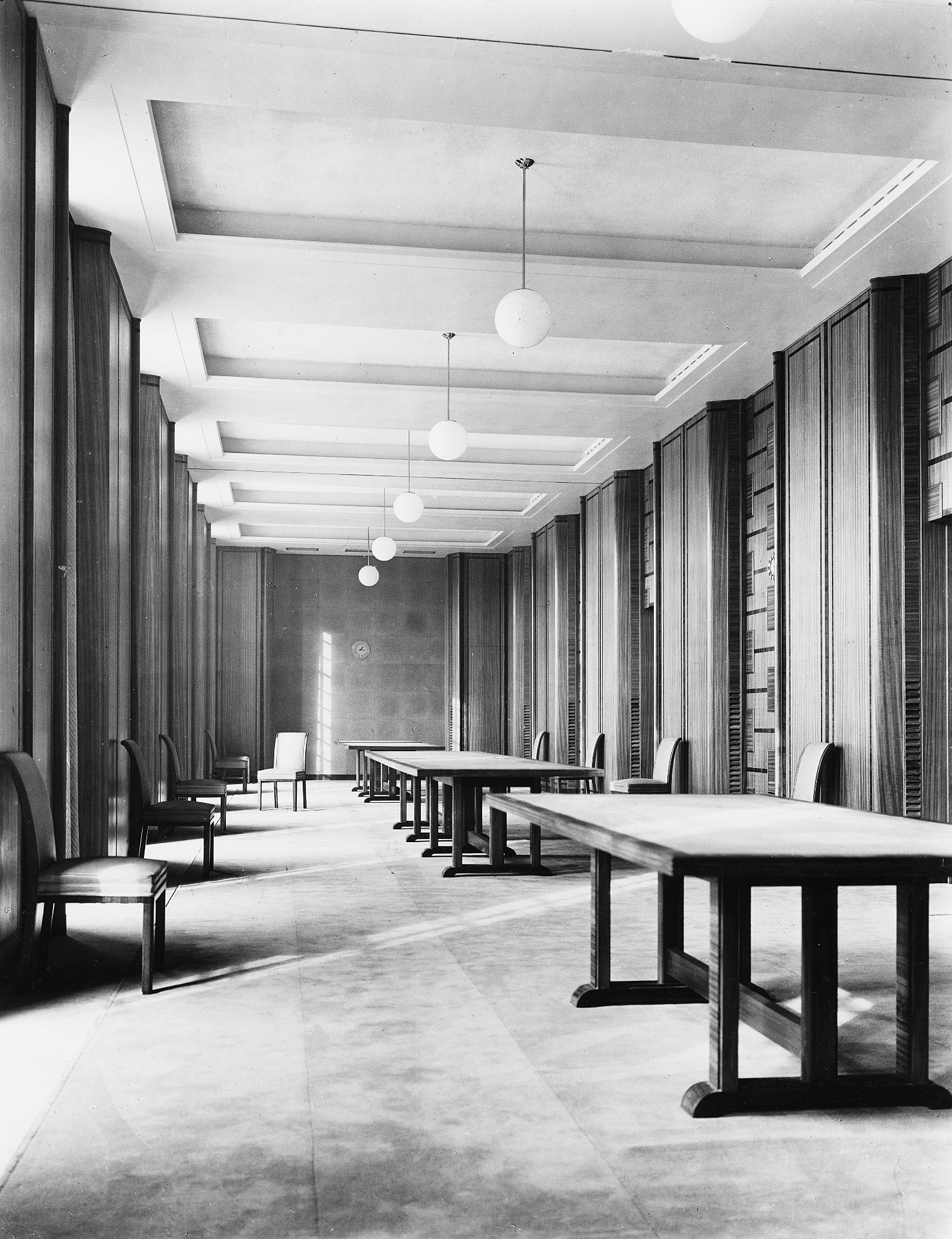
Committee room at Hornsey Town Hall in 1935. Photo courtesy of RIBA
After it ceased operations as a town hall in the 1960s, it was periodically used for music and theatre, but was waiting for a bright idea – and some investment – to bring it back to life.
During this time, however, the interiors stayed remarkably preserved. The Ashton marble staircase, saucer chandeliers, Australian walnut and Indian laurel panelling and cork floors all show the decay of time, yet the town hall became a time capsule.
Fast-forward to 2019 and developer Far East Consortium has just broken ground on a restoration, renovation and regeneration for the whole site.
The restoration by Donald Insall Associates aims to take the building back to 1930s glory – with plans for reupholstered leather seating in the council chamber, restored signage, metal balustrading, parquet and terrazzo. Even the 73 clocks will be restored to working order.
When it reopens in 2022, the Hornsey Town Hall will be serving the people again – this time with an art centre, café, restaurant, hotel and co-working spaces. The Hornsey Town Hall Arts Centre will be operated by the Time + Space Co, with a rich programme of events, performances and comedy shows.
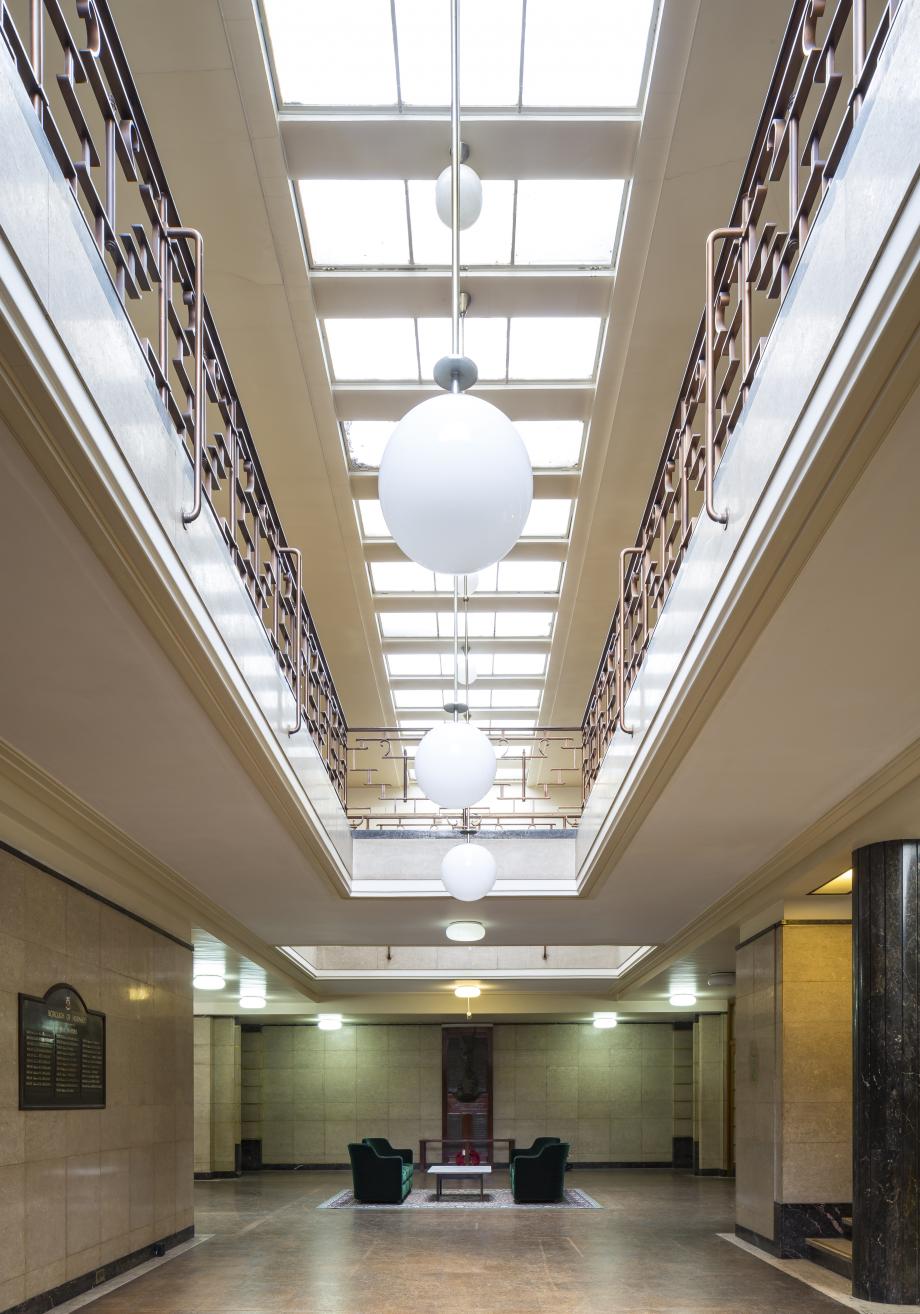
The entrance foyer at Hornsey Town Hall, currently being restored by Donald Insall Associates
The regeneration of the site also includes two new residential buildings with 146 homes. Make Architects’ design takes cues from the Hornsey Town Hall, with layered brickwork, geometric metal balustrades, and subtle art deco style interiors such as replica door handles and chevron timber flooring.
FEC’s plan combines restoration with contemporary architecture, but most importantly renews the purpose of the building: ‘Community spirit is very much at the core of Hornsey Town Hall’s future and we are looking forward to seeing this historic building becoming an integral part of the local community again,’ says Angela Walsh, head of sales and marketing at FEC.
So while the Hornsey Town Hall may be changing function from its original purpose, its restoration and preservation as a community building still pays respect to its history.
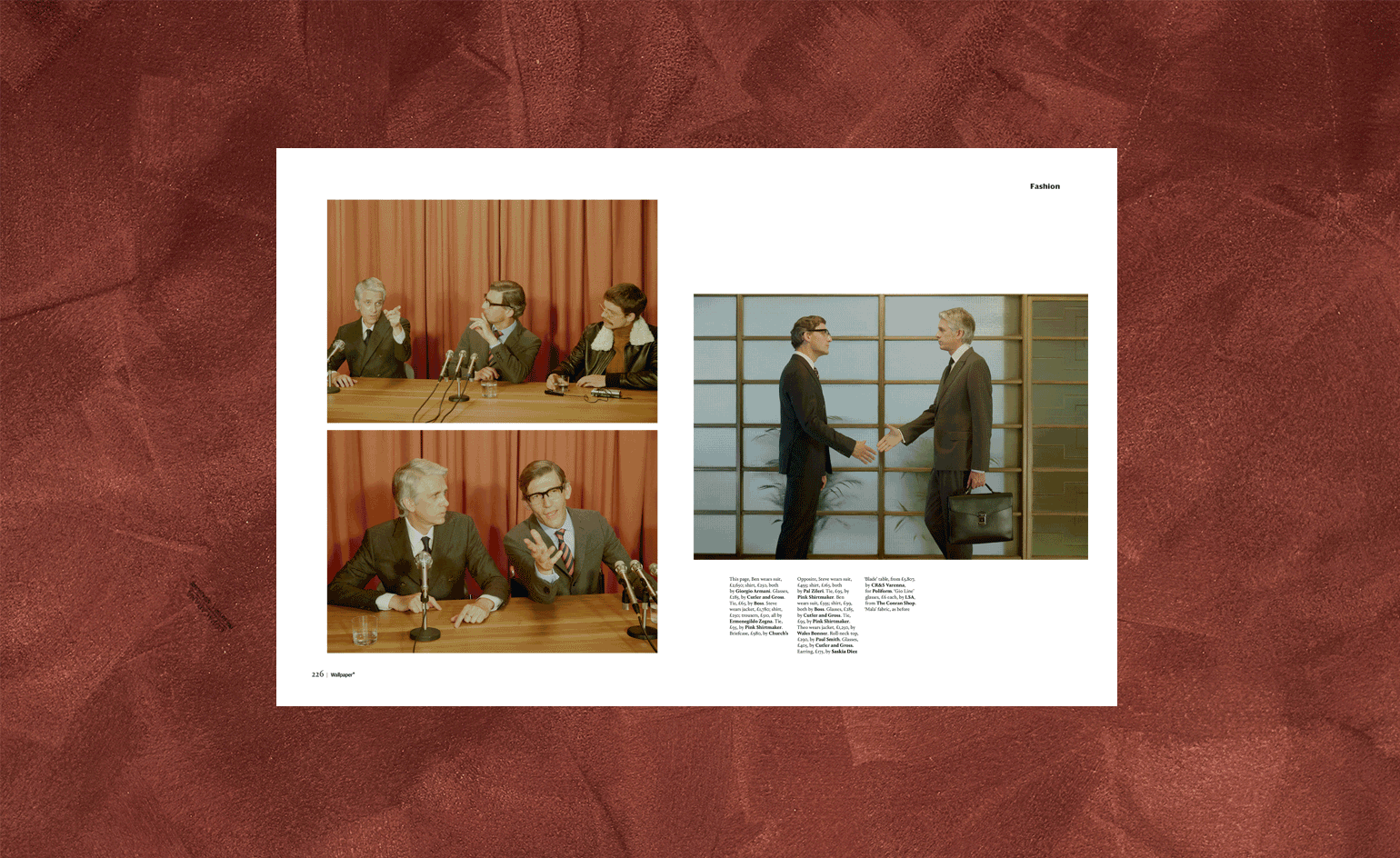
For the November issue (W*248), photographer Romain Duquesne captured politicians on the campaign trail at Hornsey Town Hall
Built in 1935, the Hornsey Town Hall is a monument to a golden age of local council leadership in Britain. The Grade II* listed brick building, inspired by a Dutch design with art deco and Bauhaus influence, is now undergoing a process of restoration and regeneration. Before works began, we explored the building with photographer Romain Duquesne, to follow a group of suave politicians on the campaign trail documenting body language, briefcases and Balenciaga – see the result in the November issue (W*248) – on newsstands now

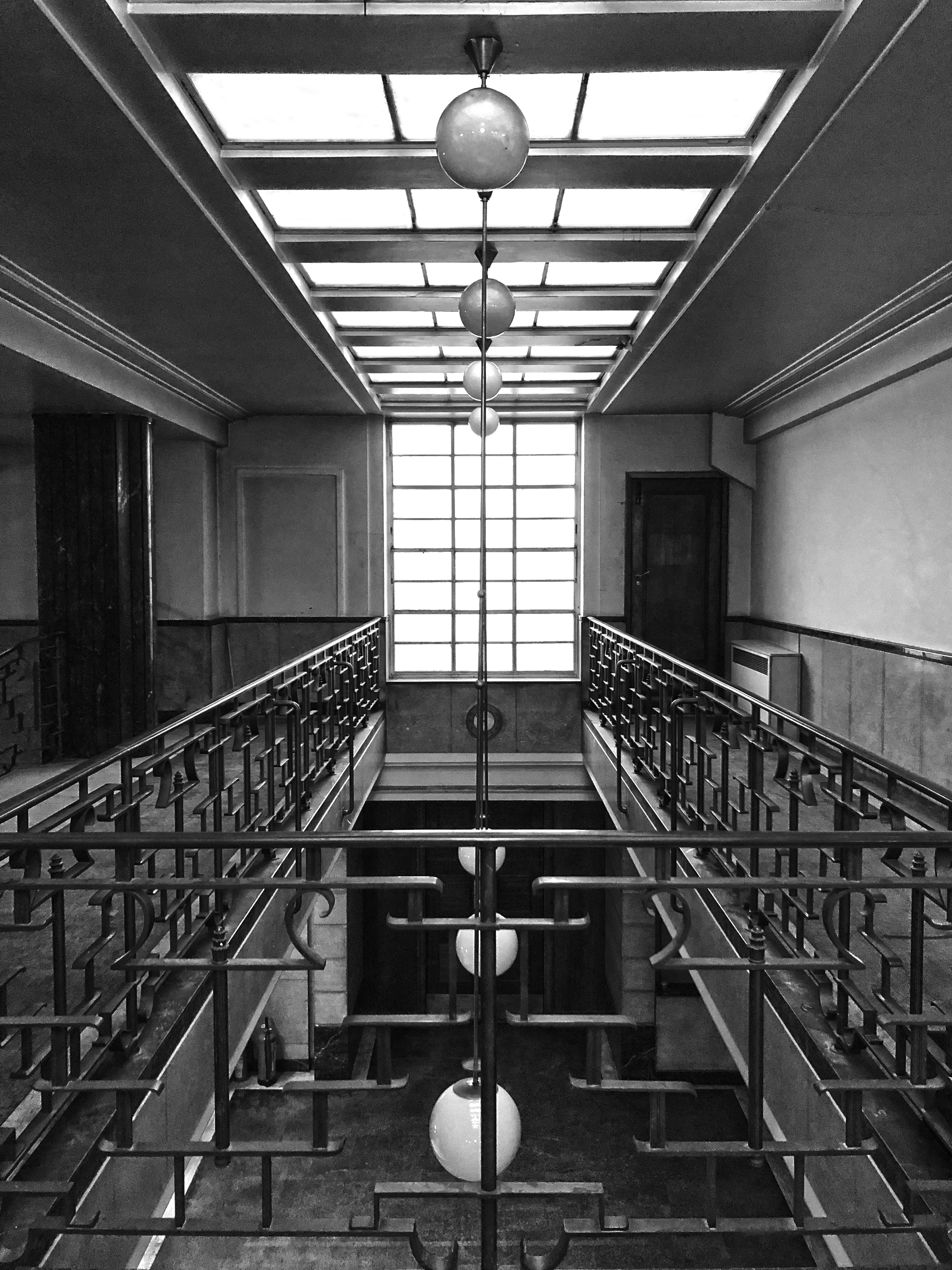
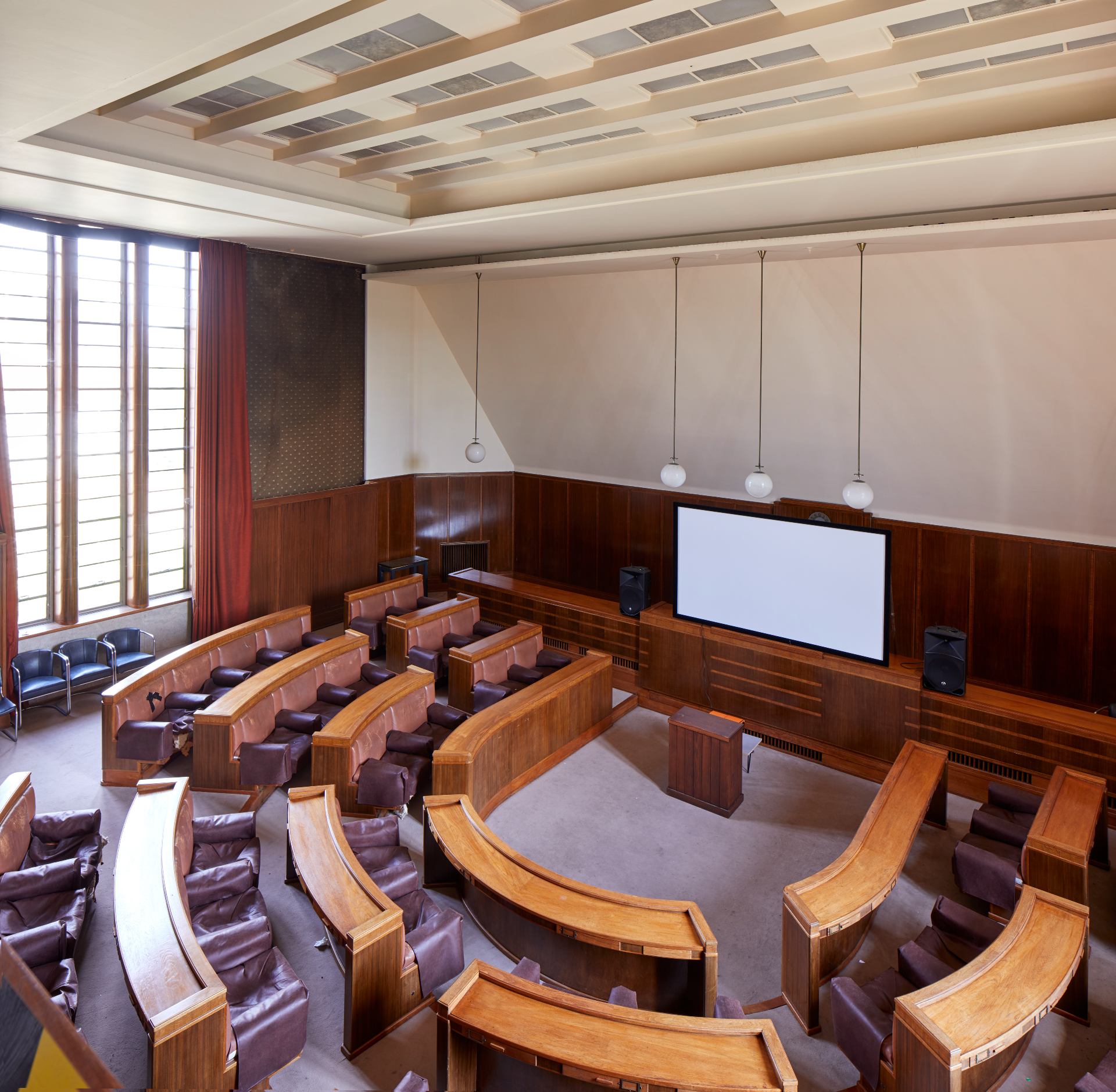
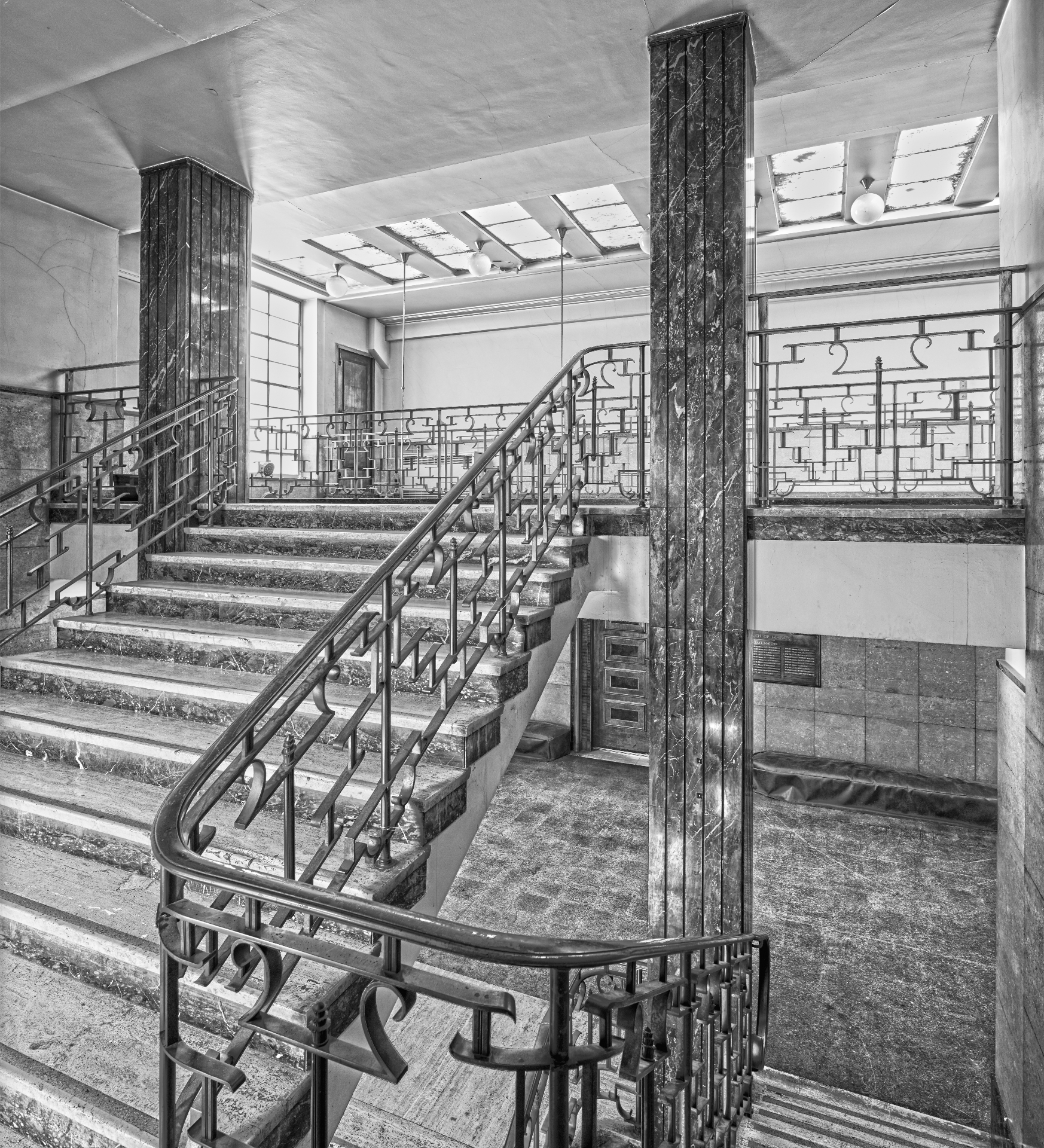
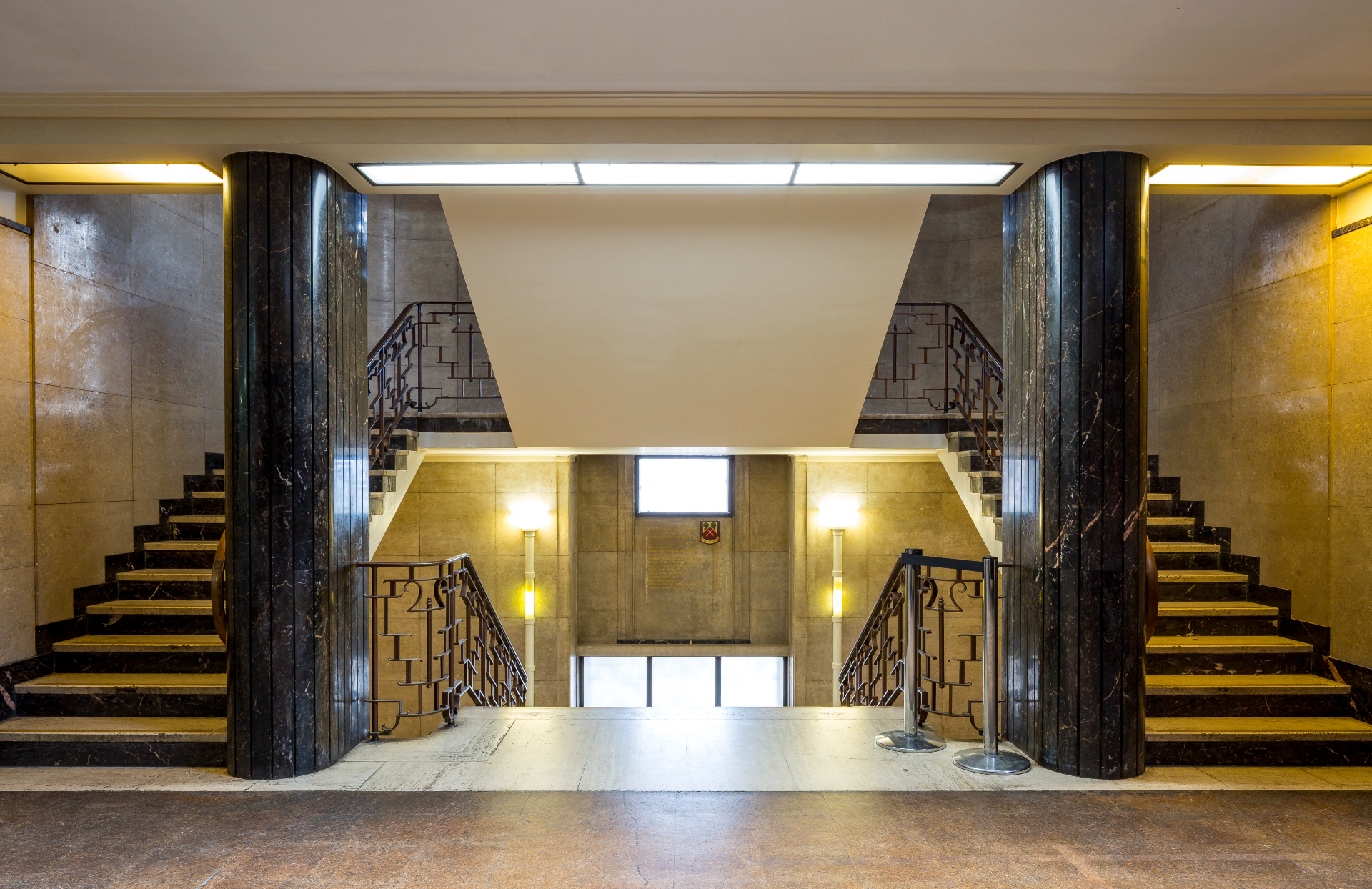
INFORMATION
Receive our daily digest of inspiration, escapism and design stories from around the world direct to your inbox.
Harriet Thorpe is a writer, journalist and editor covering architecture, design and culture, with particular interest in sustainability, 20th-century architecture and community. After studying History of Art at the School of Oriental and African Studies (SOAS) and Journalism at City University in London, she developed her interest in architecture working at Wallpaper* magazine and today contributes to Wallpaper*, The World of Interiors and Icon magazine, amongst other titles. She is author of The Sustainable City (2022, Hoxton Mini Press), a book about sustainable architecture in London, and the Modern Cambridge Map (2023, Blue Crow Media), a map of 20th-century architecture in Cambridge, the city where she grew up.
-
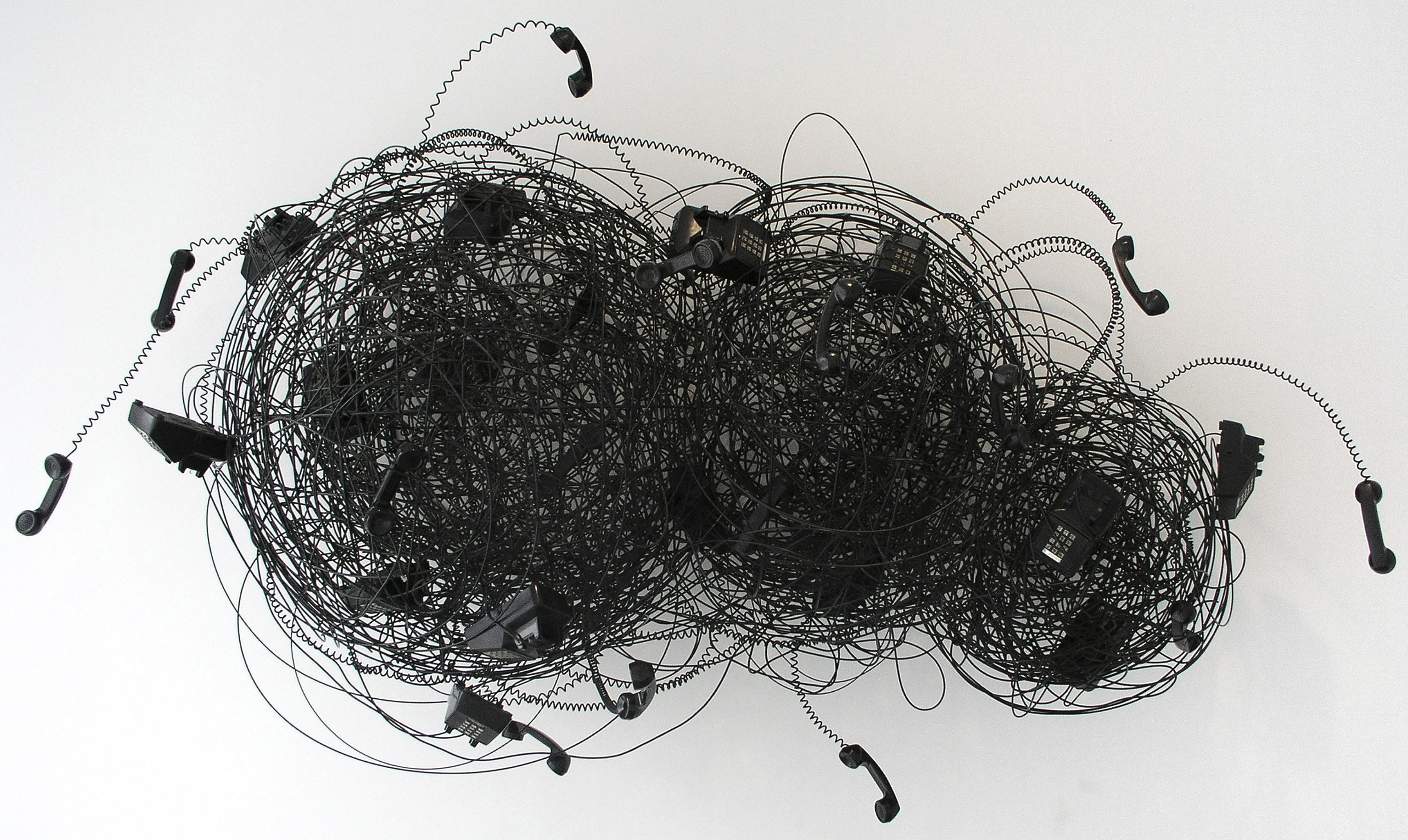 Robert Therrien's largest-ever museum show in Los Angeles is enduringly appealing
Robert Therrien's largest-ever museum show in Los Angeles is enduringly appealing'This is a Story' at The Broad unites 120 of Robert Therrien's sculptures, paintings and works on paper
-
 The Wallpaper* style team recall their personal style moments of 2025
The Wallpaper* style team recall their personal style moments of 2025In a landmark year for fashion, the Wallpaper* style editors found joy in the new – from Matthieu Blazy’s Chanel debut to a clean slate at Jil Sander
-
 Tokyo’s most cinematic stay reopens as an exercise in architectural self-control
Tokyo’s most cinematic stay reopens as an exercise in architectural self-controlPark Hyatt Tokyo and Studio Jouin Manku demonstrate how design can evolve without erasing memory, balancing modernist heritage with contemporary comfort
-
 Arbour House is a north London home that lies low but punches high
Arbour House is a north London home that lies low but punches highArbour House by Andrei Saltykov is a low-lying Crouch End home with a striking roof structure that sets it apart
-
 A former agricultural building is transformed into a minimal rural home by Bindloss Dawes
A former agricultural building is transformed into a minimal rural home by Bindloss DawesZero-carbon design meets adaptive re-use in the Tractor Shed, a stripped-back house in a country village by Somerset architects Bindloss Dawes
-
 RIBA House of the Year 2025 is a ‘rare mixture of sensitivity and boldness’
RIBA House of the Year 2025 is a ‘rare mixture of sensitivity and boldness’Topping the list of seven shortlisted homes, Izat Arundell’s Hebridean self-build – named Caochan na Creige – is announced as the RIBA House of the Year 2025
-
 In addition to brutalist buildings, Alison Smithson designed some of the most creative Christmas cards we've seen
In addition to brutalist buildings, Alison Smithson designed some of the most creative Christmas cards we've seenThe architect’s collection of season’s greetings is on show at the Roca London Gallery, just in time for the holidays
-
 In South Wales, a remote coastal farmhouse flaunts its modern revamp, primed for hosting
In South Wales, a remote coastal farmhouse flaunts its modern revamp, primed for hostingA farmhouse perched on the Gower Peninsula, Delfyd Farm reveals its ground-floor refresh by architecture studio Rural Office, which created a cosy home with breathtaking views
-
 A revived public space in Aberdeen is named Scotland’s building of the year
A revived public space in Aberdeen is named Scotland’s building of the yearAberdeen's Union Terrace Gardens by Stallan-Brand Architecture + Design and LDA Design wins the 2025 Andrew Doolan Best Building in Scotland Award
-
 The Architecture Edit: Wallpaper’s houses of the month
The Architecture Edit: Wallpaper’s houses of the monthFrom wineries-turned-music studios to fire-resistant holiday homes, these are the properties that have most impressed the Wallpaper* editors this month
-
 A refreshed 1950s apartment in East London allows for moments of discovery
A refreshed 1950s apartment in East London allows for moments of discoveryWith this 1950s apartment redesign, London-based architects Studio Naama wanted to create a residence which reflects the fun and individual nature of the clients